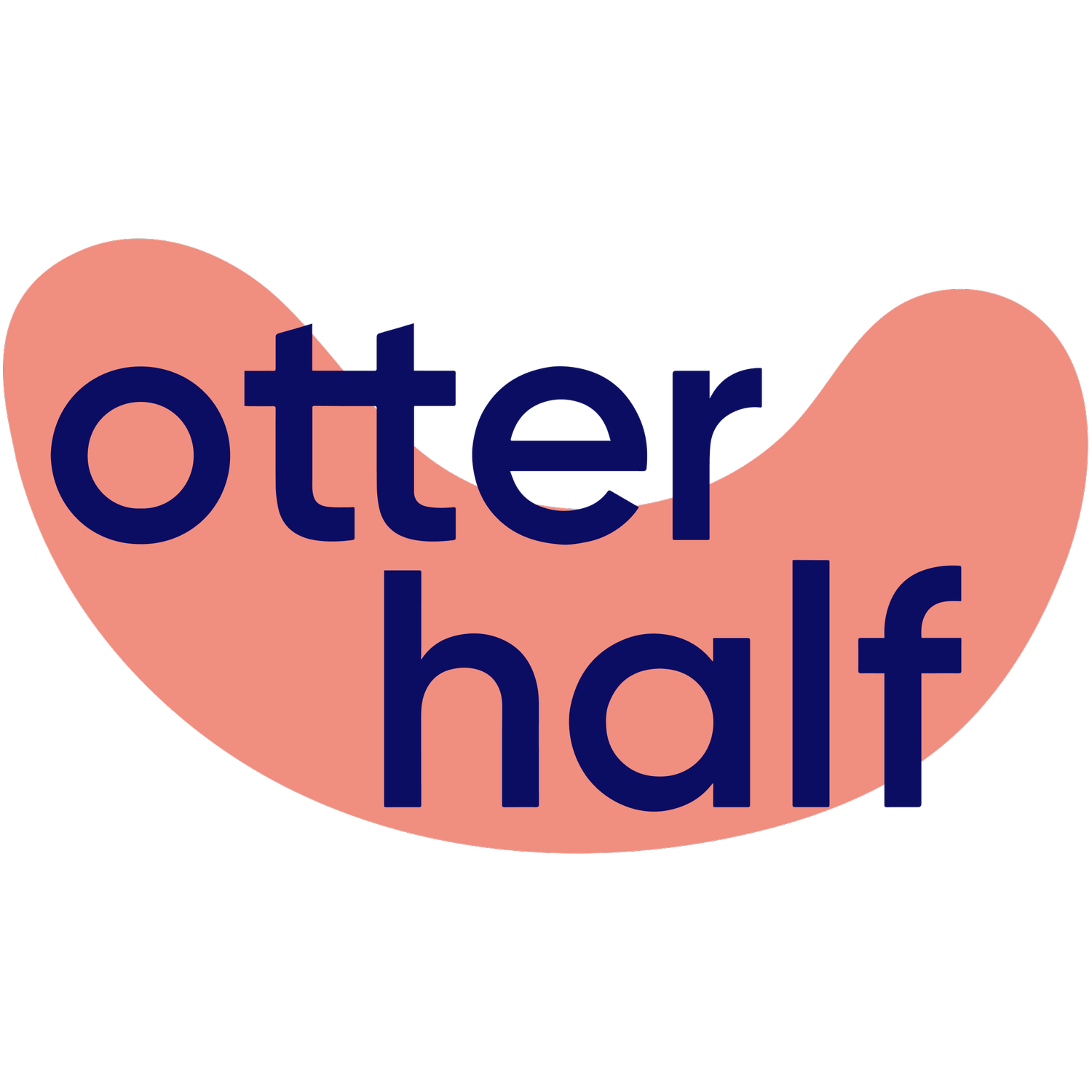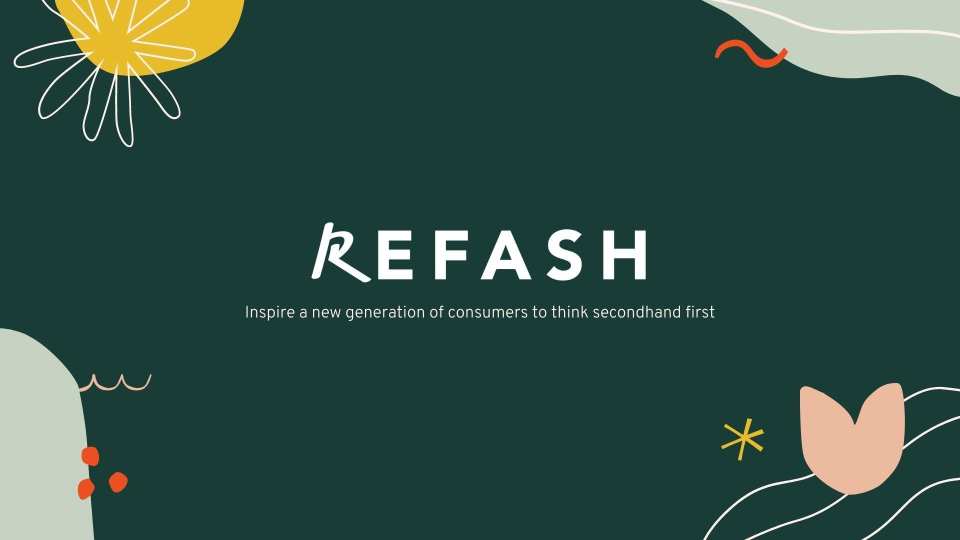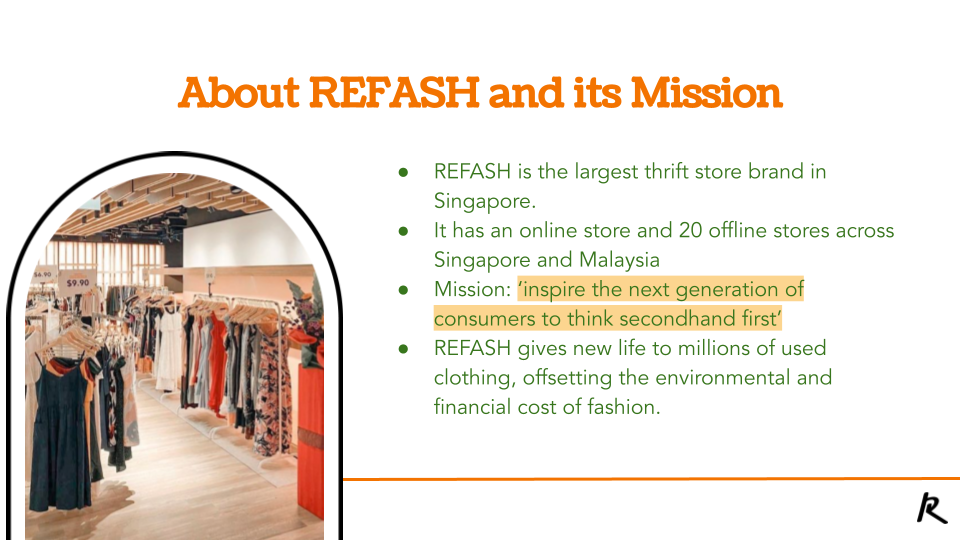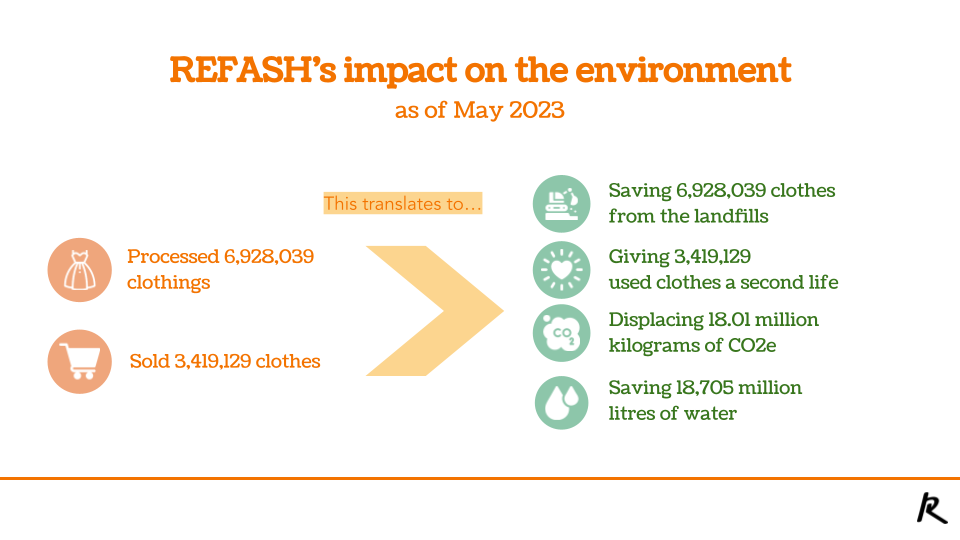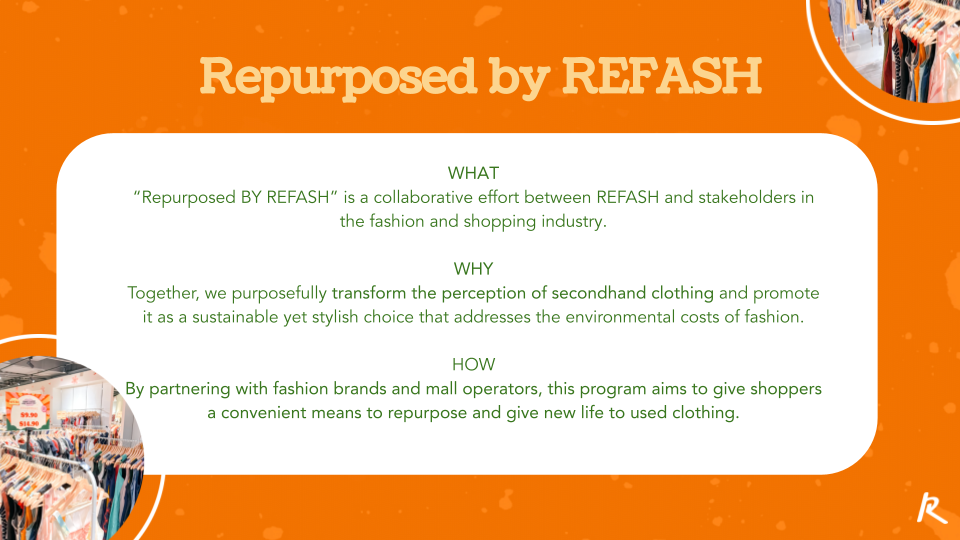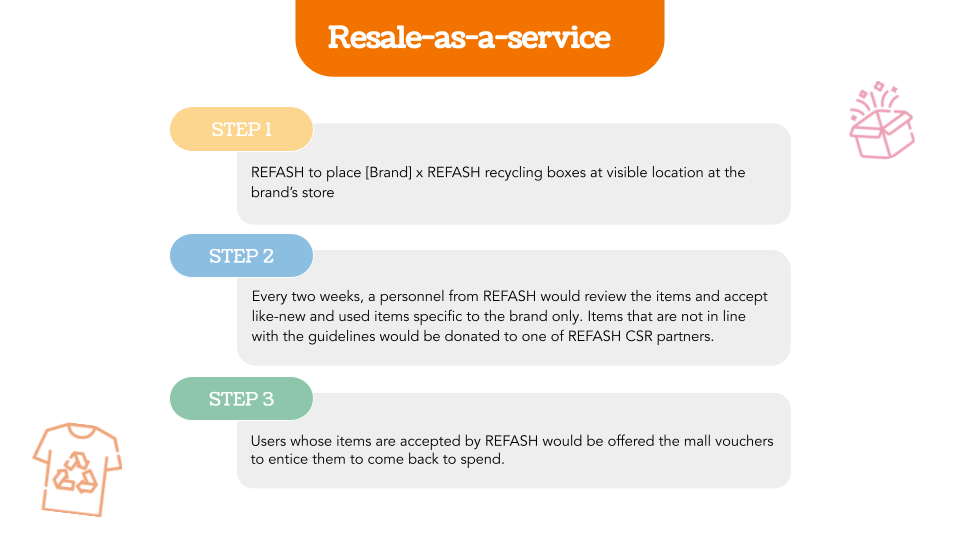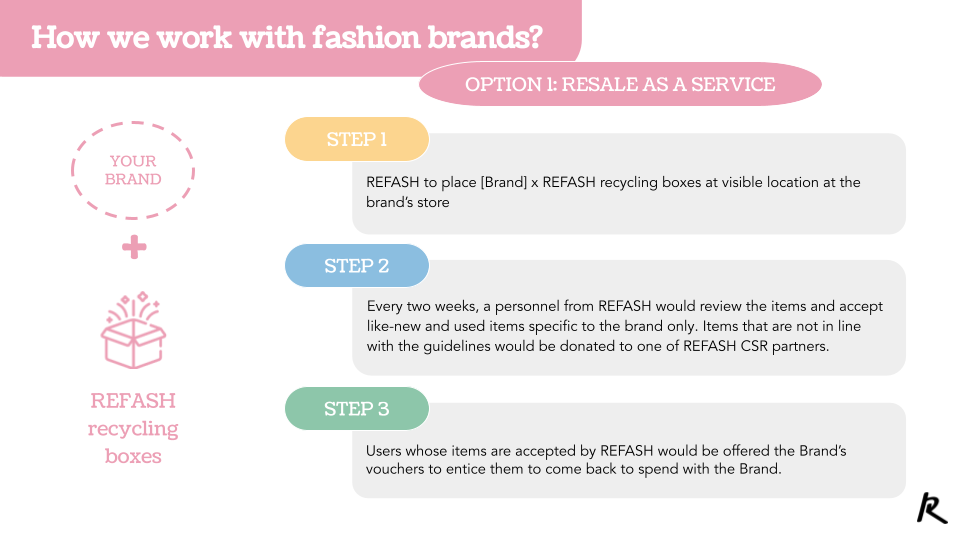REFASH
Our engagement with REFASH was a three-month project, during which we integrated into their marketing team as their fractional partnership team.
The goal was to confirm two partnerships on behalf of REFASH, but we exceeded expectations by sealing three partnerships.
This translated to substantial monetary savings for REFASH, amounting to more than $37,000, excluding the market exposure and media value generated by the campaign.
The success of this project underscored the importance of mutually beneficial outcomes, making it a win-win for both REFASH and their partners.
The Partnership Playbook we developed is akin to an SOP (Standard Operating Procedure), detailing the content and process of executing partnerships. It includes a deck explaining the why, what, and how of the partnership programme, outlining the potential benefits to the partners, the timeline, and what the partners can do to ensure the success of the programme. It also covers the process of lead sourcing, messaging optimisation, and negotiation. This comprehensive guide ensures that the REFASH team can continue to cultivate and manage partnerships effectively in the future, even in the absence of our team.
A closer look at the Partnership Playbook
The Partnership Playbook we developed for REFASH is not just a document; it’s a living playbook, a comprehensive guide and a strategic tool designed to foster fruitful and enduring collaborations. It consists of various sections and guides, designed to ensure that every potential partnership is approached, analysed, and executed effectively:
Introduction to REFASH: A description of the company’s products, services, and target market.
Introduction to REFASH’s Partnership Programme: This includes a brief overview of the company’s partnership strategy and goals, and an explanation of the importance of partnerships for REFASH
How the Partnership Programme works. This details the step-by-step mechanics of how the partnership programme can be operationally executed.
Benefits of the Partnership Programme. This includes how both parties could benefit from this programme, and how it could meet both parties’ business objectives.
Partner onboarding: Procedures and processes for bringing new partners into the fold. This includes the optimised messaging to be sent to the target audience.
Revenue sharing and compensation models: Details on revenue-sharing agreements, pricing structures, and compensation models for both parties.
Success metrics to measure the success and impact of partnerships, such as revenue generated or customer acquisition.
